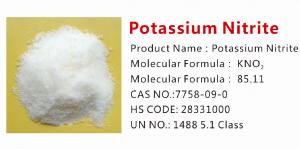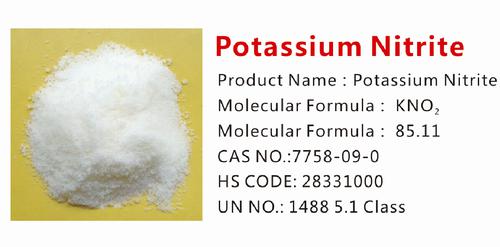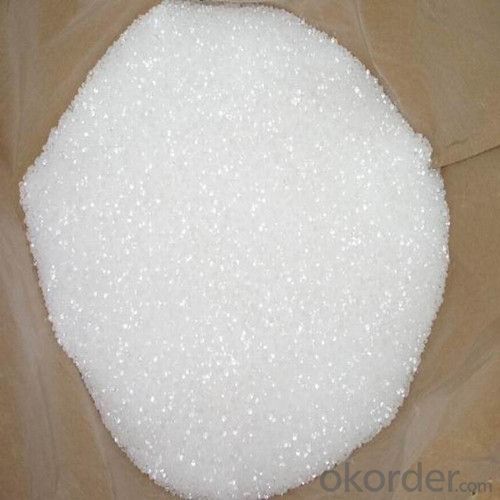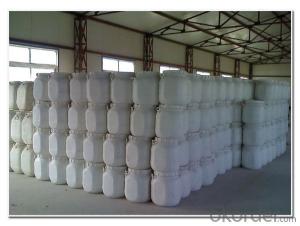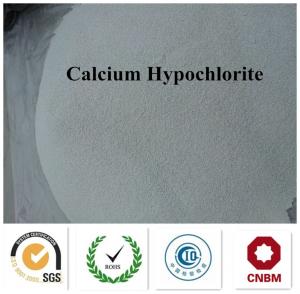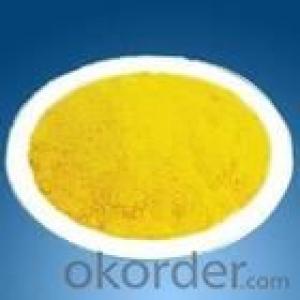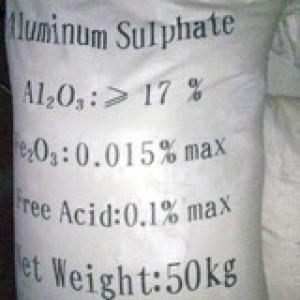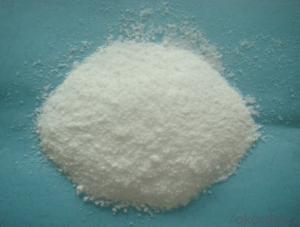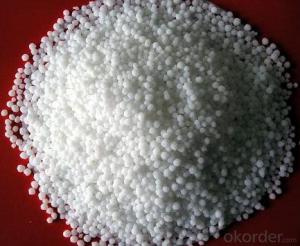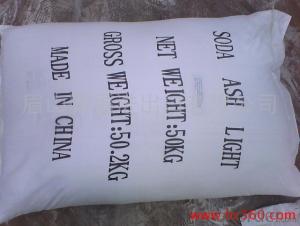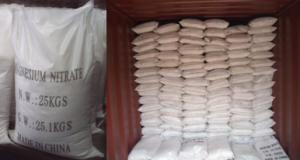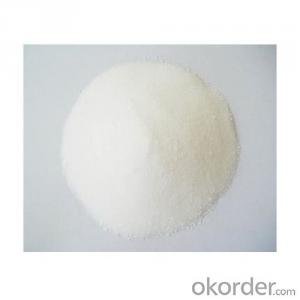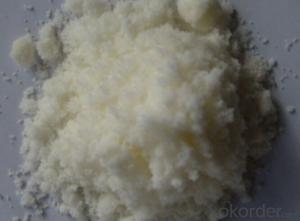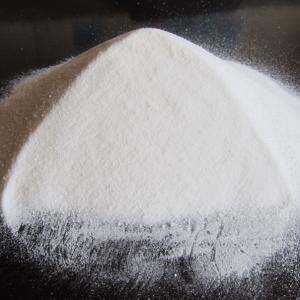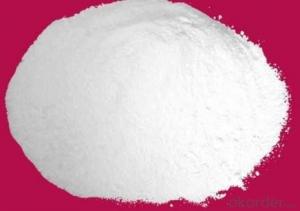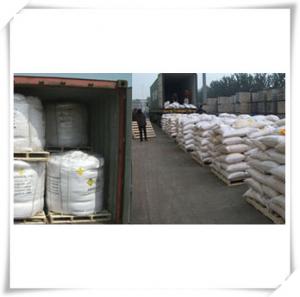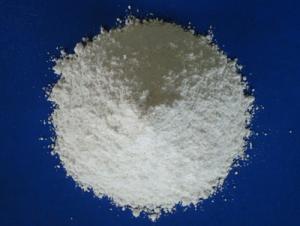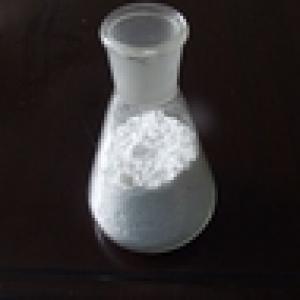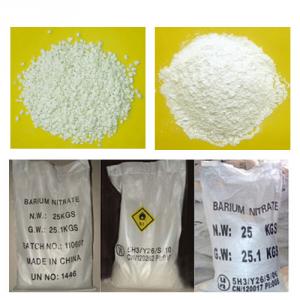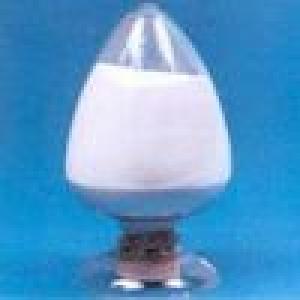Potassium Nitrite KNO2 Powder Chemical
- Loading Port:
- China main port
- Payment Terms:
- TT OR LC
- Min Order Qty:
- 1000 kg
- Supply Capability:
- 500000 kg/month
OKorder Service Pledge
OKorder Financial Service
You Might Also Like
Potassium Nitrite
Product Name:Potassium Nitrite
Molecular Formula: KNO2
Molecular Formula: 85.11
CAS NO.:7758-09-0
HS CODE: 28341000
UN NO.: 1488 5.1 Class
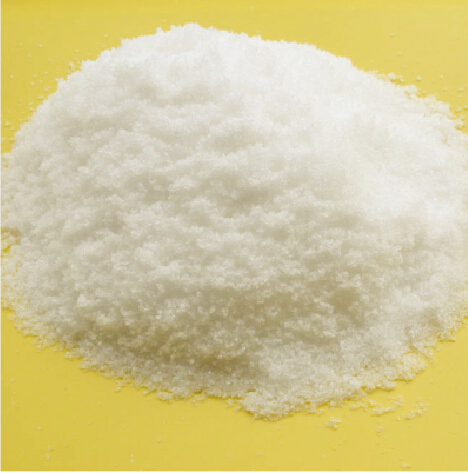
Description:
Potassium nitrite is a granular, crystalline material with an off-white-to-straw
color. It is hygroscopic, deliquescent and very soluble in water. It decomposes
in acid solutions to form unstable nitrous acid. Potassium nitrite is sold as
a moist crystal to help delay the onset of caking.
Some downward migration of moisture can occur in drums during storage.
Specifications:
| Index name | Unit | Premium grade | First grade |
| Assay | ≥ | 98 | 96 |
| Chlorides | ≤ | 0.02 | 0.02 |
| Sulphates | ≤ | 0.02 | 0.02 |
| Heavy metal (as Pb) | ≤ | 0.005 | 0.005 |
| Water insoluble matter | ≤ | 0.01 | 0.02 |
| Iron (as Fe) | ≤ | 0.005 | 0.005 |
| PH | |||
| Moisture | ≤ | 2 | 2.5 |
Potassium nitrite is a strong oxidizing agent and should be kept away from organic materials and other
oxidizable substances. Contact with acids can liberate toxic NOx gas. Potassium nitrite may irritate skin,eyes and mucous membranes. Do not inhale dust or mist. Do not ingest. As with any chemical, potassium
nitrite requires care in handling. Anyone responsible for the procurement, use or disposal of this
product should familiarize himself and those handling the product with the appropriate safety and
handling precautions. This information is available in the Material Safety Data Sheet, which may be
obtained by contacting our Customer Service Group.
Packing: In 25/50kg net PP/PE bag or the demanding of customer.
FAQ
1.Q: What is MOQ?
A: Our MOQ is 1 TON.
2.Q: Could you offer free sample?
A: We can provide free samples to you for quality testing.
3.Q: What about your packing?
A: For liquid: Flexitank, or IBC tank 1000L
For powder:Woven fabric bag with plastic film liner( 25kg or 1000kg)
Clients’ packing is workable.
4.Q: How about your productive capacity?
A: 150000 tons/Year.
5.Q: What is your delivery time?
A: Within 7 days after received deposit or L/C at sight.
- Q: The effect of inorganic salt medium and the difference with enrichment medium
- The enrichment of nutrients is based on the basis of nutrition based on some kind of nutrient-rich substances for the target cells, the purpose is to increase the number of target cells, so that the formation of growth advantages, so as to achieve the purpose of separation, such as we have to be separated Pseudomonas aeruginosa, this bacteria particularly like blood, so you can add blood in the medium, so that the formation of growth advantages of this bacteria.
- Q: Can you please help me with this question and give me a website reference.
- Many of these materials enter the water through natural channels---minerals, salts and the like come from exposure to rocks, dirt and other inorganic materials.
- Q: Are plants absorbing water and inorganic salts only through root tip or wrong? The
- This is wrong.
- Q: What inorganic salts and trace elements are there in rice?
- Sodium (2.40 mg) of copper (2.30 micrograms) of copper (2.10 mg) of copper (1.10 mg) of zinc (1.45 mg) of copper (2.40 micrograms)
- Q: Milk food rich in nutrition, in addition to containing a variety of inorganic salts which also contain three types of organic energy can be organic
- Calcium, protein, and vitamins
- Q: Sodiumcorbonate is inorganic salt , why it is not organic substance even it contains carbon?
- Na2CO3 is joined by ionic bond not covalent C-C bond in organic molecules. @the other answerer: LOL! maybe i should expect a TD, too. Another problem with this section is students know how to ask but never know how to say thank you. Rarely do i see an asker selecting a BA. If i see one who does, whether i get the BA or not, i will definitely answer another question from that person.
- Q: What substances can detect inorganic salts
- Looks like, a lot of inorganic salt ah, this, I suggest you clear the concept of inorganic salt under you.
- Q: Inorganic salts are not nutritious
- Nutritional substances are sugar protein fat three nutrients
- Q: After a lot of sweating, the amount of drink with inorganic salt drink right?
- It is best to drink this kind of drink, which contains sodium and potassium, and when the body after a lot of exercise will consume a lot of potassium, leaving the body feel weak, this drink can quickly add the body Electrolyte, need to note that before the exercise 1-2 hours, during exercise and after exercise have to drink
- Q: Is iodized salt inorganic or organic?
- A salt would be organic if it contains carbon atom in it. So NaI (Sodium Iodide) is inorganic but CH3I (Methyl Iodide) is organic.
Send your message to us
Potassium Nitrite KNO2 Powder Chemical
- Loading Port:
- China main port
- Payment Terms:
- TT OR LC
- Min Order Qty:
- 1000 kg
- Supply Capability:
- 500000 kg/month
OKorder Service Pledge
OKorder Financial Service
Similar products
Hot products
Hot Searches
Related keywords
